

If you’re thinking about the best phones and jumping ship from iPhone to Android, then Xiaomi’s new 14T Pro makes an incredibly compelling case. As the Apple tax on UK customers increases, Xiaomi is actually giving us Brits one of the most attractive prices globally for its shiny new Leica co-branded camera phone.
Specifically, when comparing the Xiaomi 14T Pro to the iPhone 16, Apple’s entry-level 2024 smartphone, the 14T Pro runs rings around the iPhone in a few key areas despite costing significantly less. I'm not talking about insignificant, nice-to-have features either, with Xiaomi’s phone packing much more storage, superior camera specs, a higher-capacity and faster charging battery, and even giving you a case and a pre-fitted screen protector in the box.
Are you reading this and waiting for the catch, though? I've tried Xiaomi's 14T Pro and this isn't a clunky plastic Android phone with hardly any power. From the glass back that curves into the metal frame, to its IP68 dust- and water-resistant body, the Xiaomi 14T Pro looks and feels fantastic. It’s also powered by a MediaTek Dimensity 9300+ chipset, a flagship processor that chews through the latest AAA mobile games, and most of Xiaomi’s artificial intelligence (AI) features are ready to go from launch.
Having tested out the new Xiaomi 14T Pro, here are 5 key features that I think are its biggest appeal. Especially if you're looking for one of the best Android phones and don't want to pay big money for your purchase.
1. More storage for less money
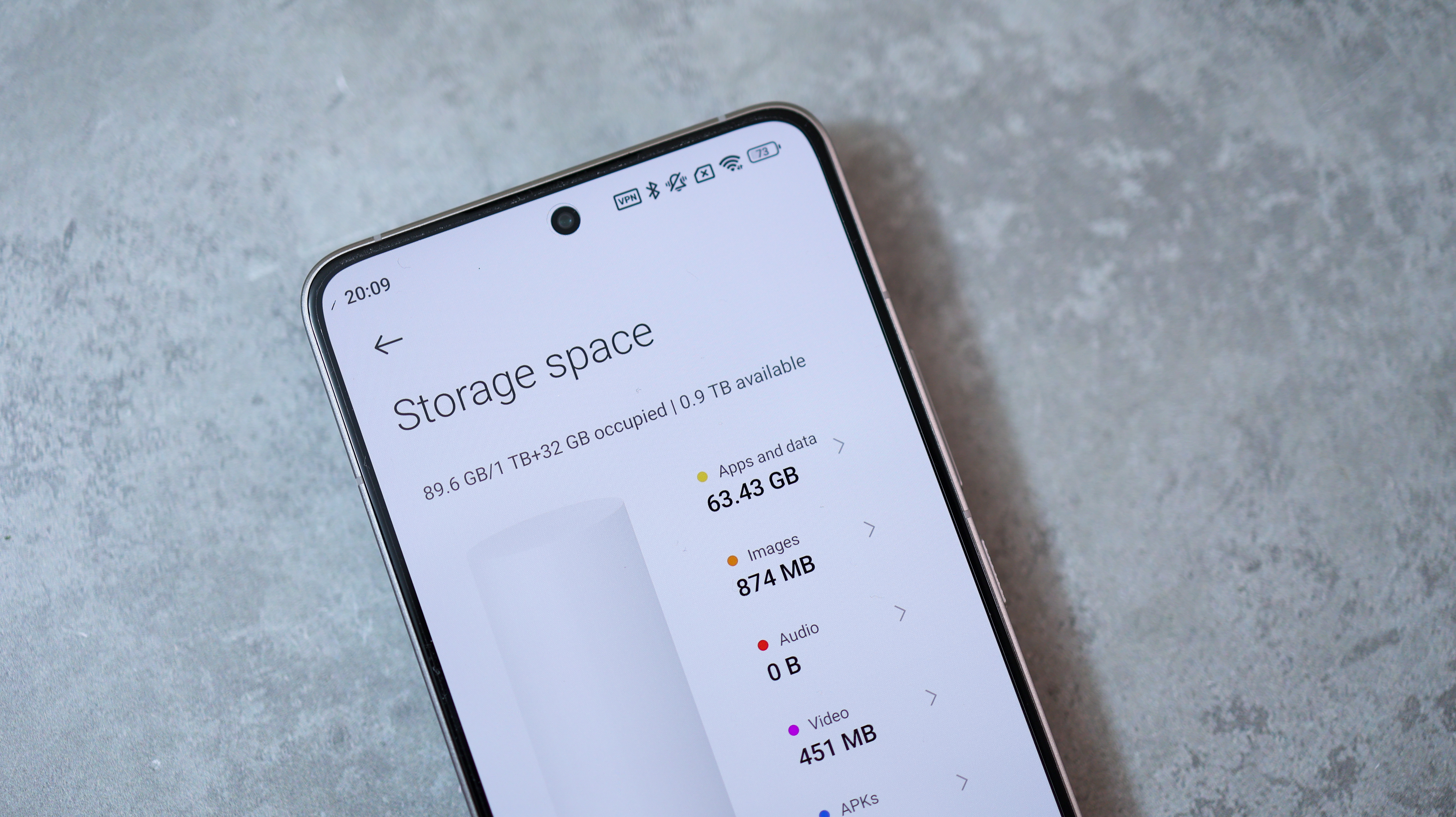
As you can see from the breakdown below, the Xiaomi 14T Pro’s price-to-storage ratio is much better value than the iPhone 16's.
The 14T Pro’s starting capacity is 256GB, making its matching 256GB iPhone 16 rival far more expensive, despite, as I'll come onto, its inferior spec in so many key areas.
In fact, if you want years of storage, you could buy the 1TB Xiaomi 14T Pro for the same price as the 128GB iPhone 16.
Sign up to the T3 newsletter for smarter living straight to your inbox
Get all the latest news, reviews, deals and buying guides on gorgeous tech, home and active products from the T3 experts
| Row 0 - Cell 0 | iPhone 16 | Xiaomi 14T Pro |
| 128GB | £799 / $799 / AU$1399 | / |
| 256GB | £899 / $899 / AU$1599 | £649 (roughly $870 / AU$1260) |
| 512GB | £1099 / $1099 / AU$1949 | £699 (roughly $935 / AU$1355) |
| 1TB | / | £799 (roughly $1070 / AU$1550) |
Gamers and geeks might be wondering if Xiaomi uses slower UFS 3.1 storage or past-gen LPDDR4X RAM to hit that kind of price, but the 14T Pro runs with nippy UFS 4.0 and LPDDR5X memory, matching the iPhone 16 and 16 Pro head-on.
Where the iPhone edges ahead is with its 3nm chipset, which uses a more cutting-edge manufacturing process, but truth be told, the MediaTek 9300+ is a beast of a chip – so neither phone is left wanting in terms of performance.
2. Bigger battery and faster charging
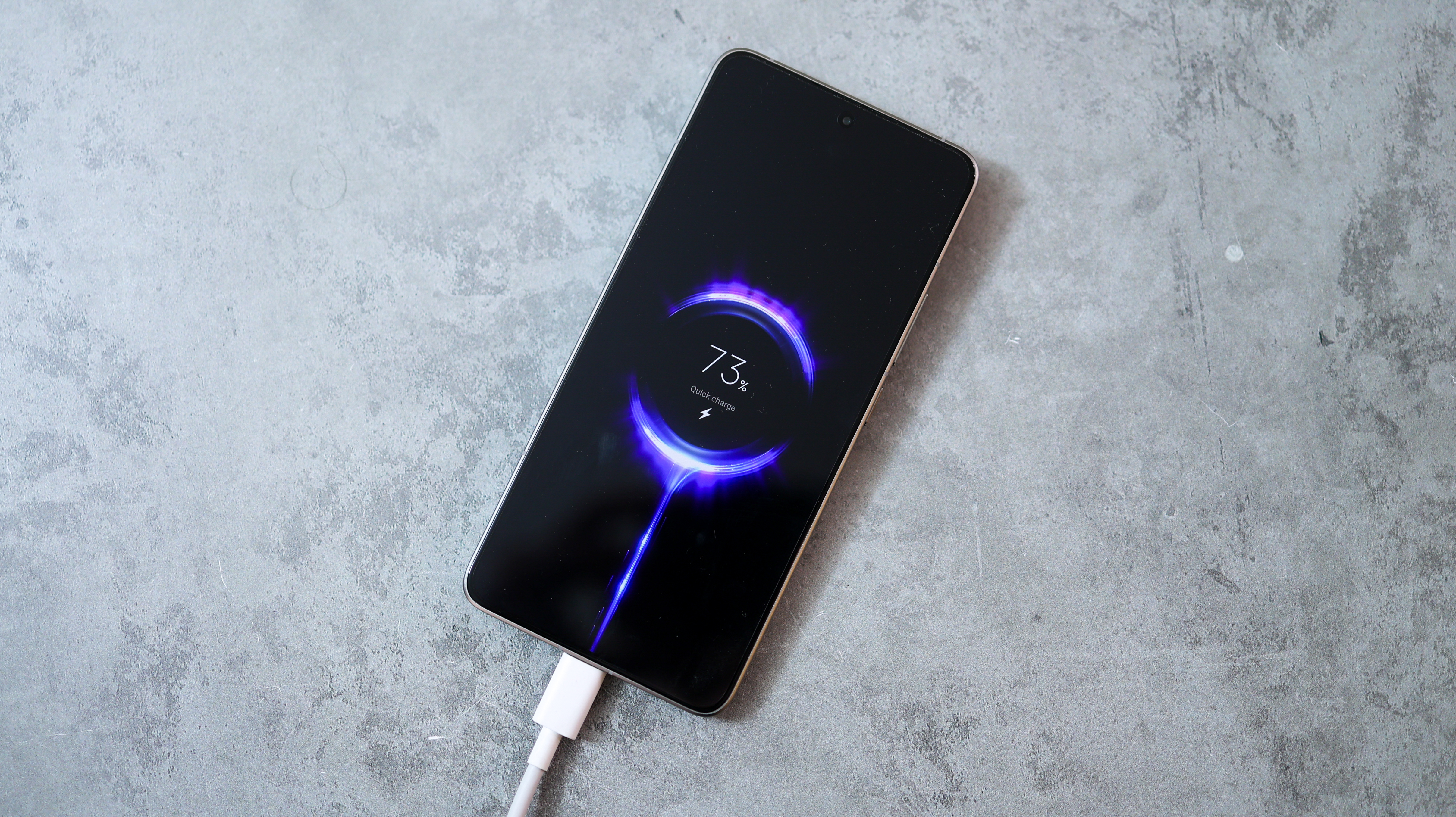
iPhones always have smaller batteries than their Android counterparts. One reason is that Apple's iOS software is more power-efficient than its Android equivalent. Another is that iPhones tend to have smaller screens and bodies, reducing the need and space for huge-capacity cells. A final point is that folks with smaller iPhones are typically used to settling for less screen time than Android users.
When you look at the iPhone 16’s battery specs and charging credentials alongside those of the 14T Pro, anyone concerned about not making it through a full day or in need of fast top-ups looks set to be better served by Xiaomi’s new phone.
Starting with capacity: the iPhone 16’s battery is a modest 3561mAh. This should get most through a full day, especially considering the phone’s compact 6.1-inch screen, but power users will struggle if hot-spotting and video recording for long bouts.
The Xiaomi 14T Pro’s 6.67-inch screen saps battery quicker, but I still found it easy to get through a busy day with 15-20% power remaining thanks to its much higher capacity 5000mAh cell.
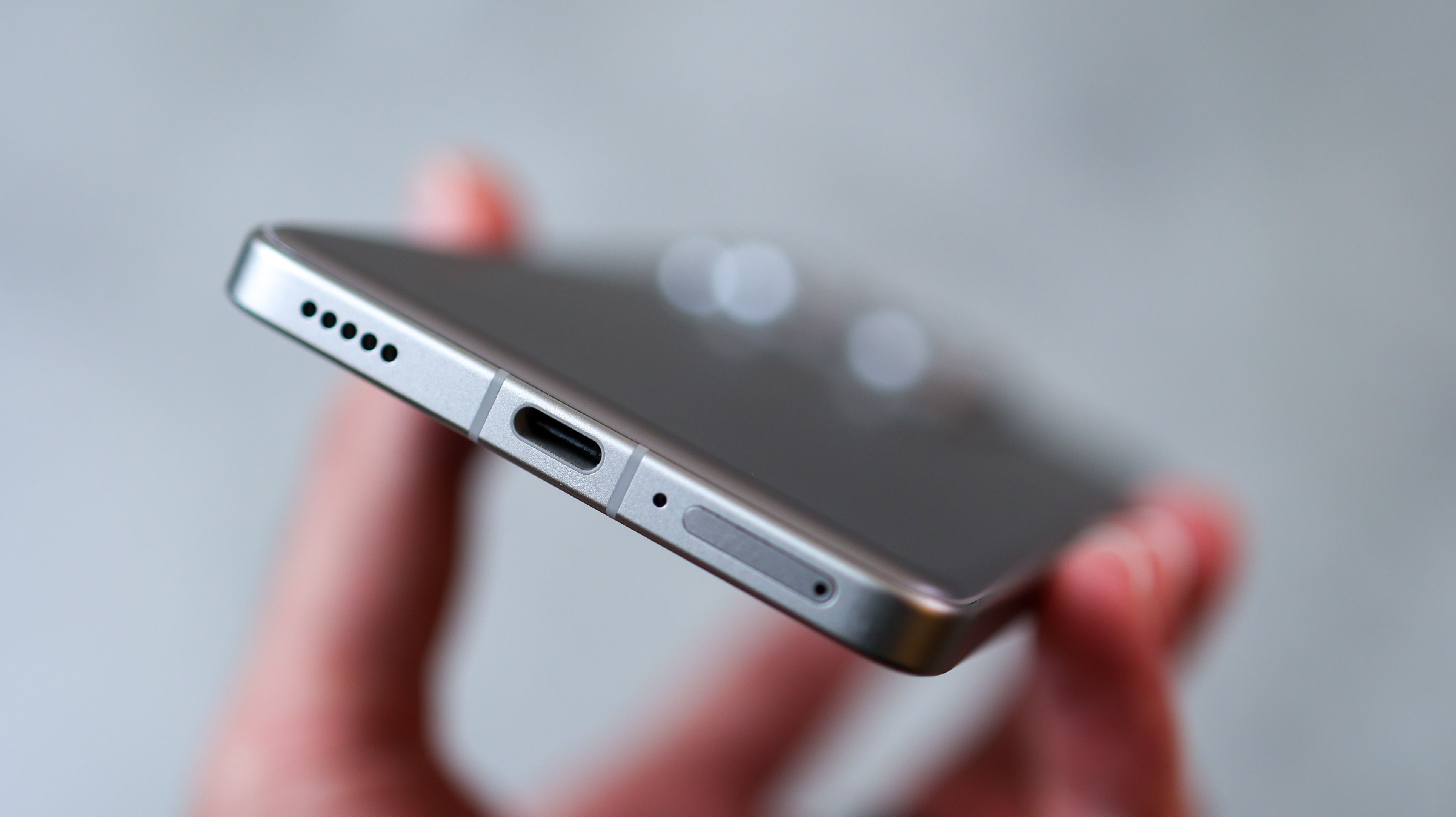
Going beyond battery life, the Xiaomi 14T Pro’s charging speeds are also much faster than those of the iPhone 16, across both wired and wireless charging. Neither phone ships with a charger in the box, but both phones support a standard of fast-charging called Power Delivery (PD), with the iPhone 16 Pro capping out at PD 2.0, and the Xiaomi 14T Pro at a faster PD 3.0.
Xiaomi also implements its own proprietary fast charging in the 14T Pro – 120W HyperCharge – which powers the phone up fully in 19 minutes, while the iPhone takes roughly 2 hours.
Even though Apple has bumped up its wireless charging speed to 25W for 2024, it still can’t keep up with Xiaomi’s 50W wireless charging, which takes 45 minutes to charge the phone. That’s less than half the time it takes when plugging in an iPhone 16.
To hit those max speeds across Apple and Xiaomi devices, whether wired or wireless, you will need to pick up compatible chargers, but it’s great to see both phone makers support the PD standard, which increases compatibility across the 14T Pro and iPhone 16 with a huge number of third-party charging solutions.
3. Better camera hardware and pro features
Apple has a long history of handicapping standard iPhone camera software when compared to the company's Pro series. Going beyond hardware, vanilla iPhones have missed out on raw capture in past years, haven’t supported more manual photo modes and don’t offer advanced video capture options either. Unsurprisingly, the iPhone 16 also has a much smaller camera sensor than the iPhone 16 Pro and no optical zoom camera.

In stark contrast to the pricier iPhone, Xiaomi loads up its 14T Pro with a near-iPhone 16 Pro-sized sensor (1/1.31-inch compared to the iPhone 16’s 1/1.56-inch). That means it can create more natural background blur when snapping close-up objects and grabs more light in low-light scenes. Both phones sport fast f/1.6 aperture lenses with optical stabilisation (OIS), and high-resolution sensors (circa 50-megapixels), so are matched in most other areas.
It isn’t a clean sweep for Xiaomi on the camera front. The 14T Pro’s ultra-wide camera misses out on autofocus, while the iPhone 16 Pro’s ultra-wide can capture super close-up objects for more versatility. As for zoom, though, Xiaomi’s 14T Pro is a clear winner.
While Apple only puts two cameras on the iPhone 16 – a wide and ultra-wide – Xiaomi adds a third on the 14T – a 60mm equivalent telephoto camera, which works out at a 2.6x optical zoom. This combination of optical zoom and in-sensor zooming makes for a better zooming experience, especially in bright environments.
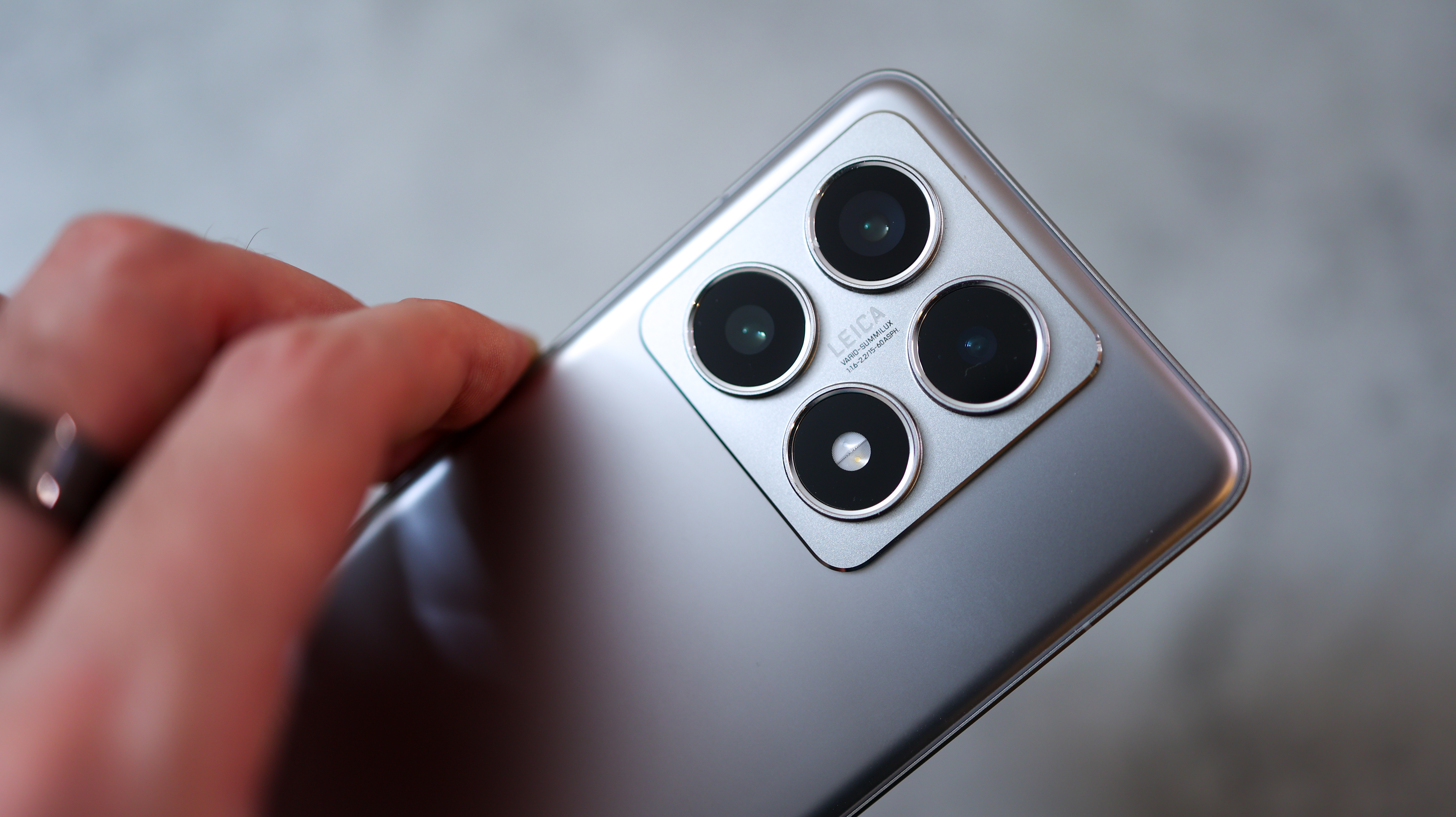
Xiaomi also packs a pro mode with full manual controls into its 14T Pro, with support for handy photographer tools like an on-screen histogram, manual controls, focus-peaking and exposure verification (also called zebra lines).
Anyone who plans on editing video shot on their phone will appreciate Xiaomi’s LOG capture, which ekes out maximum detail from shadows and highlights, and the 14T Pro also has Leica photo processing, creating more dramatic-looking photos.
4. Smoother ProMotion-beating display
Apple has been loading up its vanilla iPhones with disappointing 60Hz displays for years. While most Android phones run with smooth 120Hz screens, making social media feeds and menus flow like butter on a frying pan, Apple’s digging its heels in and saving its ‘Pro Motion’ 120Hz refresh rate tech for its 16 Pro and 16 Pro Max. Meanwhile, in the Xiaomi camp, the 14T Pro's screen is an ultra-smooth 144Hz, out-performing even the Pro iPhones when it comes to on-screen fluidity.
Now while you probably won’t be able to tell the difference between 120Hz and 144Hz, you can definitely spot the difference between 60Hz and 144Hz, and the Xiaomi 14T Pro looks gloriously fluid when set against Apple’s iPhone 16.

Refresh rate isn’t the only area the 14T Pro takes the crown when it comes to screen performance, with the much bigger 6.67–inch size commanding attention when set alongside the iPhone’s 6.1-inch panel.
The 14T Pro’s in-display fingerprint scanner also means it doesn't require Face ID for secure unlocking, so there's no big pill-shaped cutout at the top (the Dynamic Island), just a punch-hole selfie camera. Finally, the Xiaomi 14T Pro's peak brightness edges ahead of the iPhone 16 as well.
5. In-box accessories
Neither Apple or Xiaomi ship chargers in the box with their phones anymore (for European users), but Xiaomi’s still packs in extra value with an in-box black, soft-touch opaque case, and a pre-fitted screen protector with the 14T Pro.
With both phones being IP68 water- and dust-resistant and sporting tempered glass displays, they're relatively durable out of the gate, but if you still want an extra layer of protection from all sides, only Xiaomi’s got you covered without the need for additional purchases.
Initial impressions
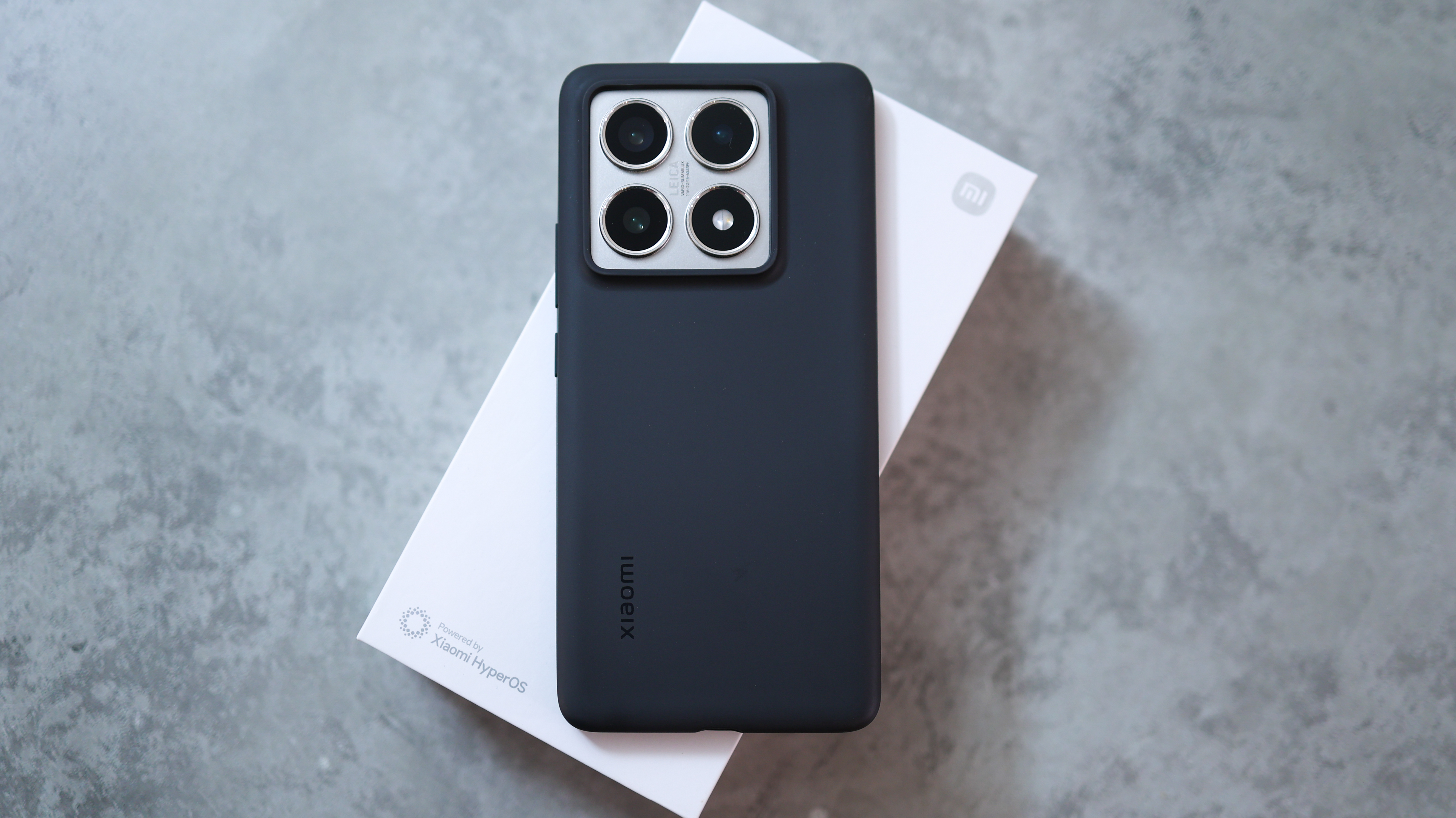
Of course, if you're sold into the Apple ecosystem, then upgrading to an iPhone 16 will be a much smoother experience than switching to Android. The iPhone 16 is also available in a bunch of fun colours, and if you’re after a bigger phone, you could always go for the larger (and pricier) iPhone 16 Plus. I also can’t fault Apple’s after-sales service from experience, especially if you’re signed up for Apple Care (at an additional fee, of course).
Whichever way you slice it, though, having spent a couple of weeks with the Xiaomi 14T Pro, I've no doubt it’s an excellent phone that represents great value, especially in the UK, making it one of the smartest choices for any prospective iPhone user thinking about going to Android in 2024.

Basil has been writing about tech for over 12 years, with bylines in TechRadar, Metro, Wired, and Digital Camera World – to name but a few titles. He expertly covers everything from mobile phones to smart devices, cameras, audio-visual hardware, and kitchen tech. In addition to his extensive journalism experience, Basil is also skilled in video production, content strategy, and vegan baking, and runs Tech[edit], a technology-focused YouTube channel.
-
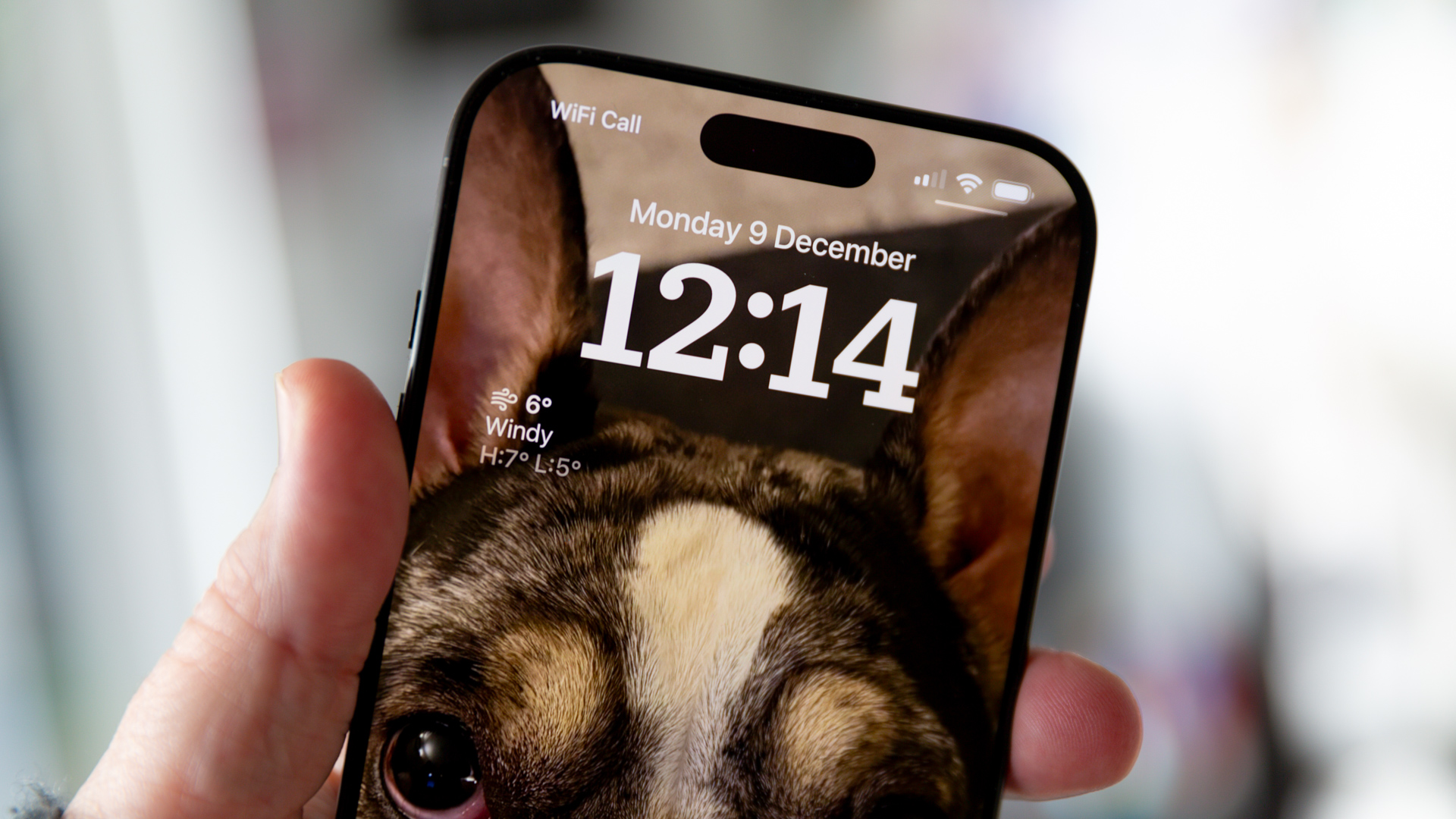 Will there ever be a US-made iPhone?
Will there ever be a US-made iPhone?It's something right-wing commentators have called for
By Sam Cross
-
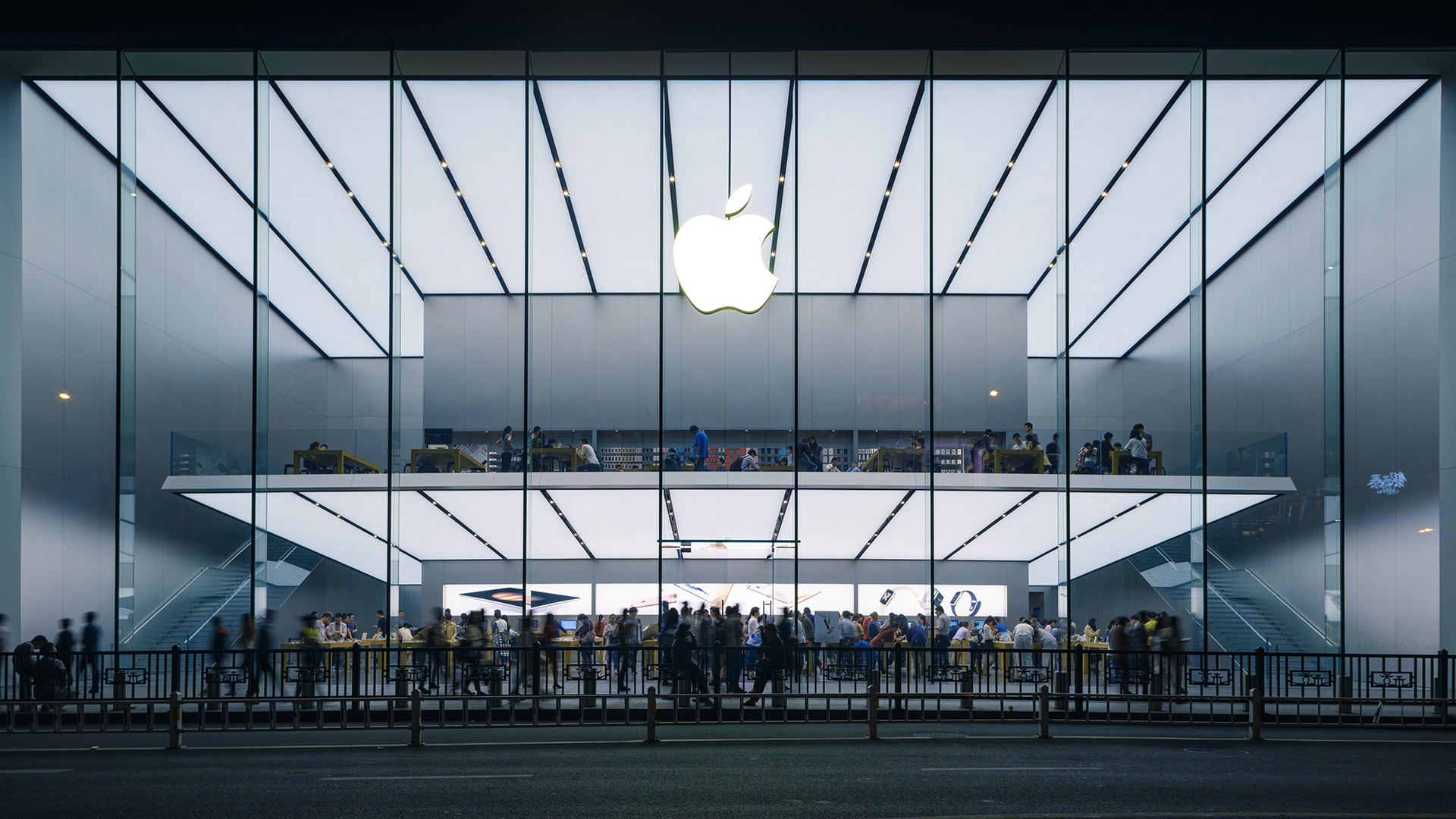 Is the cost of my iPhone going up? Everything we know about the effects of tariffs on tech
Is the cost of my iPhone going up? Everything we know about the effects of tariffs on techIt's an uncertain time for tech fans, with predictions not looking good for the price of phones, laptops and more in the US and beyond
By Sam Cross
-
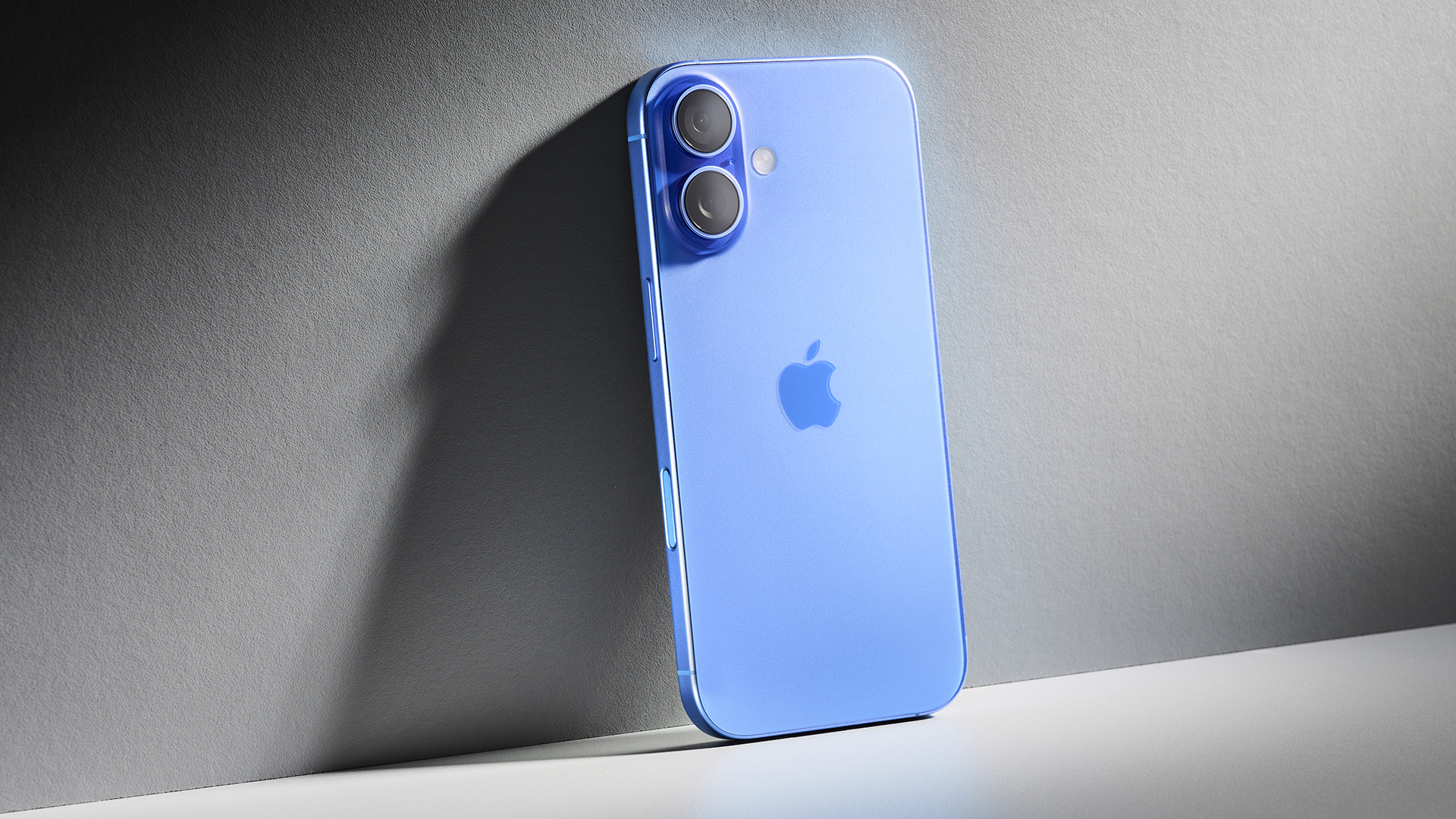 iOS 19's new design leaks straight after WWDC 25 announcement
iOS 19's new design leaks straight after WWDC 25 announcementThis could be a significant change
By Sam Cross
-
 Your iPhone tipped to get a seismic upgrade with iOS 19 – the biggest in many years
Your iPhone tipped to get a seismic upgrade with iOS 19 – the biggest in many yearsIt's said to be the most significant overhaul in over a decade
By Sam Cross
-
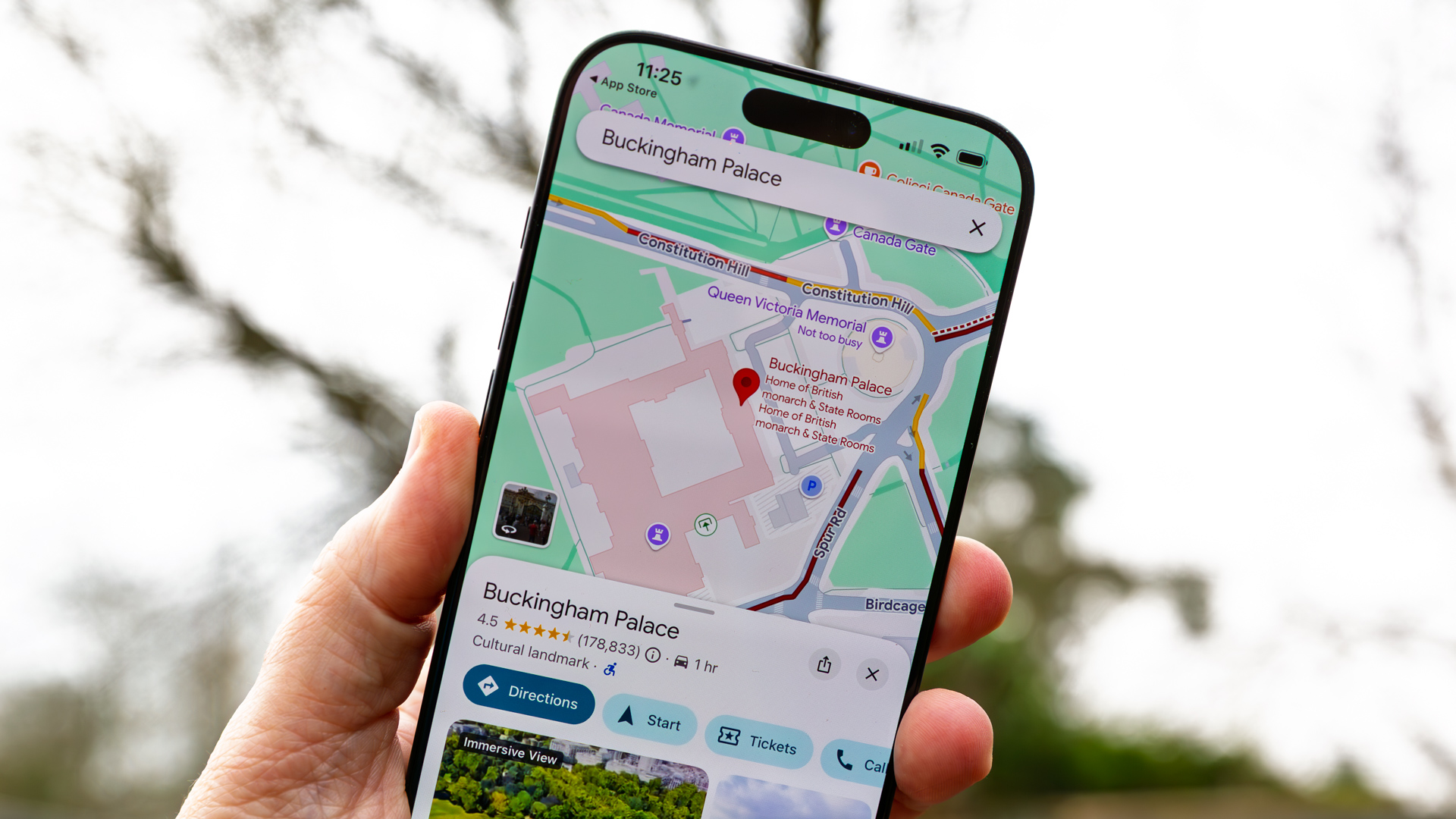 Google Maps design update finally comes to iPhone after Android owners have enjoyed it for months
Google Maps design update finally comes to iPhone after Android owners have enjoyed it for monthsIt should make one-handed use much easier
By Britta O'Boyle
-
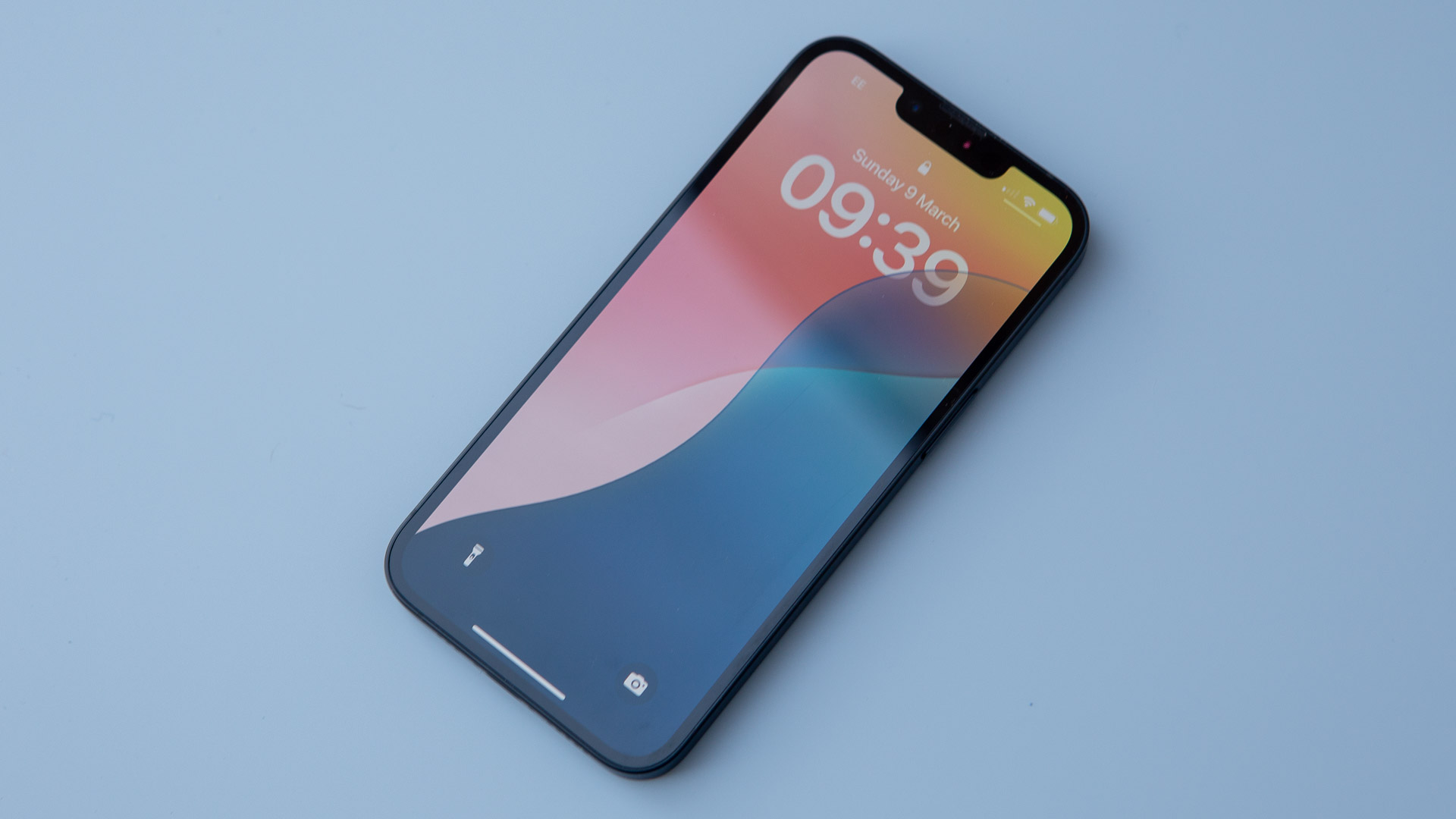 iPhone 16e review: smart, simple and affordable
iPhone 16e review: smart, simple and affordableForget the 16, the iPhone 16e is the model that most people will end up buying, and I can see why
By Mat Gallagher
-
 Apple AirTag 2 was missing from iPhone 16e launch, but could still arrive soon
Apple AirTag 2 was missing from iPhone 16e launch, but could still arrive soonWe could be just months away
By Sam Cross
-
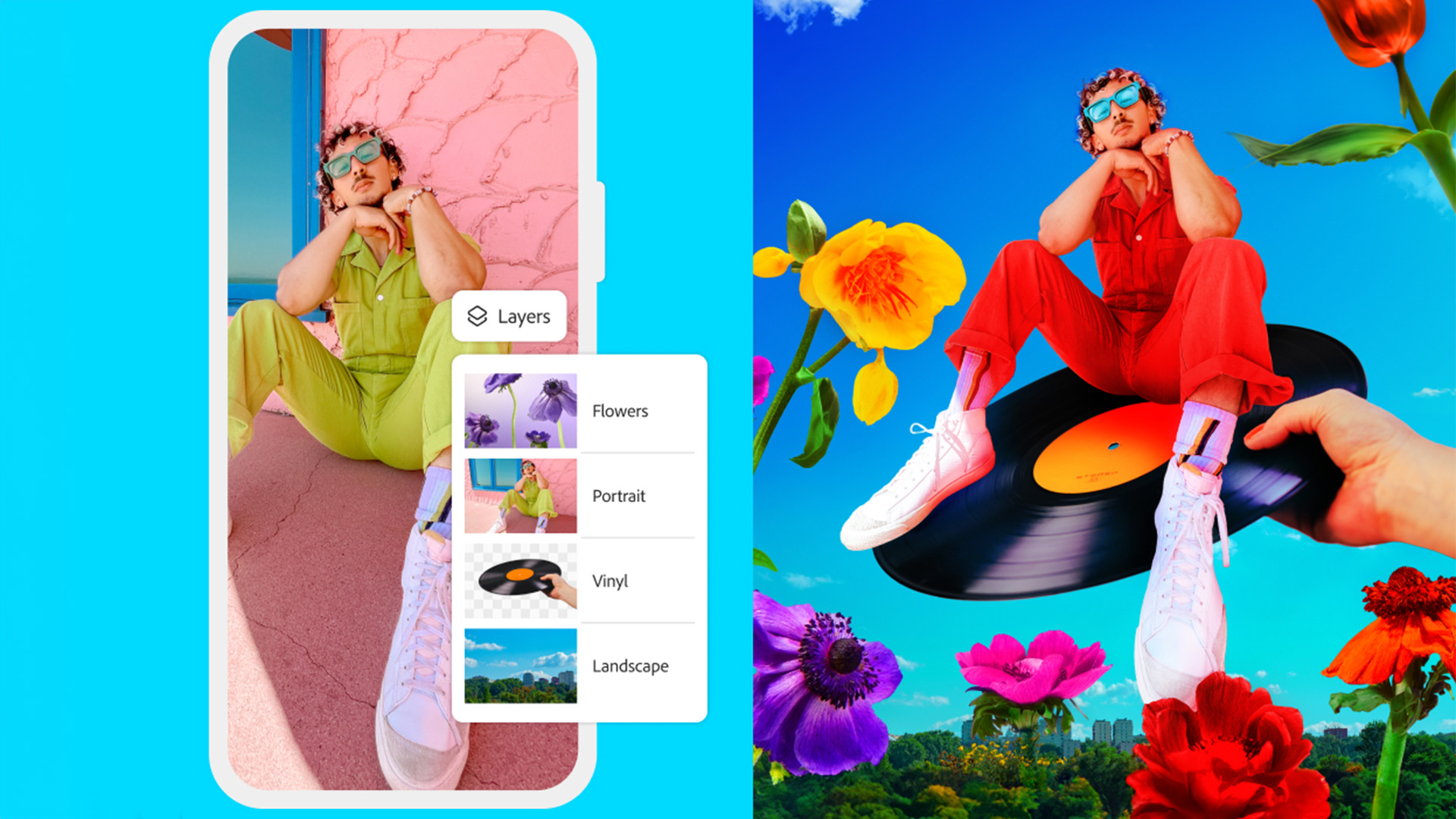 Photoshop's getting a surprise free upgrade on iPhone – and Android's next
Photoshop's getting a surprise free upgrade on iPhone – and Android's nextThe full experience is coming to mobile
By Max Freeman-Mills

